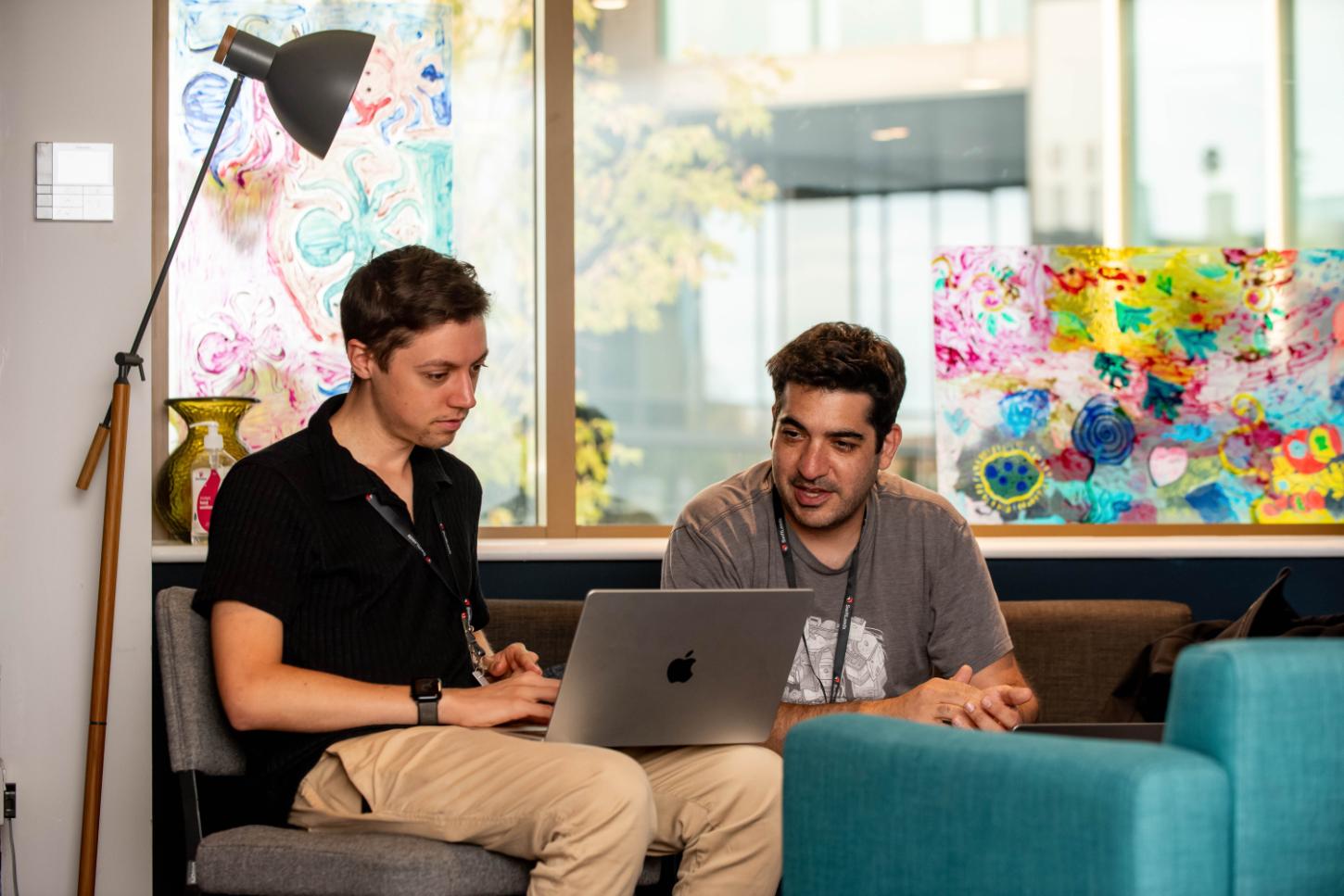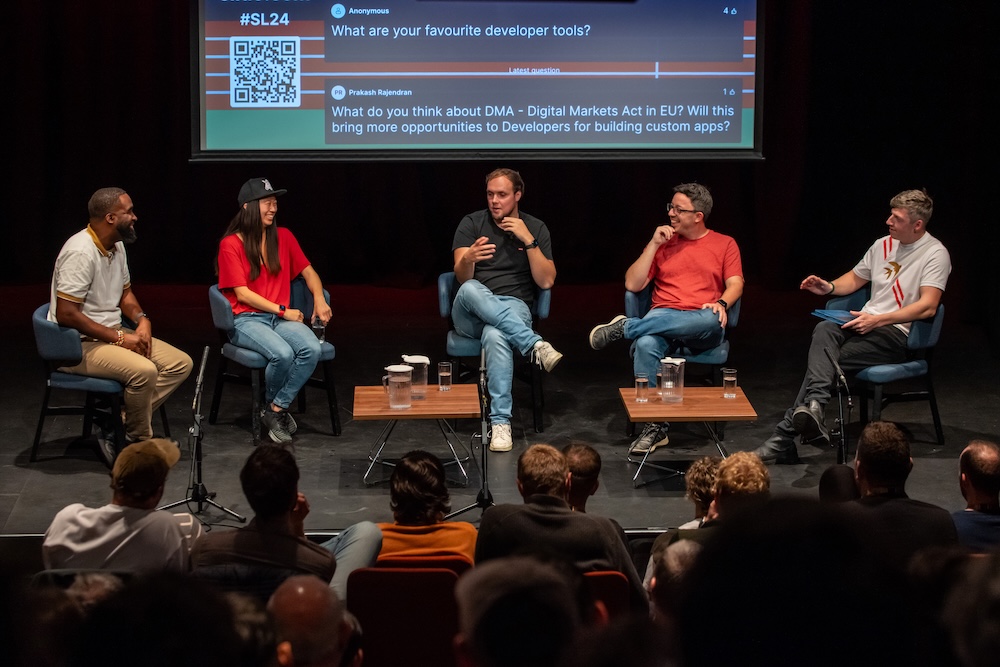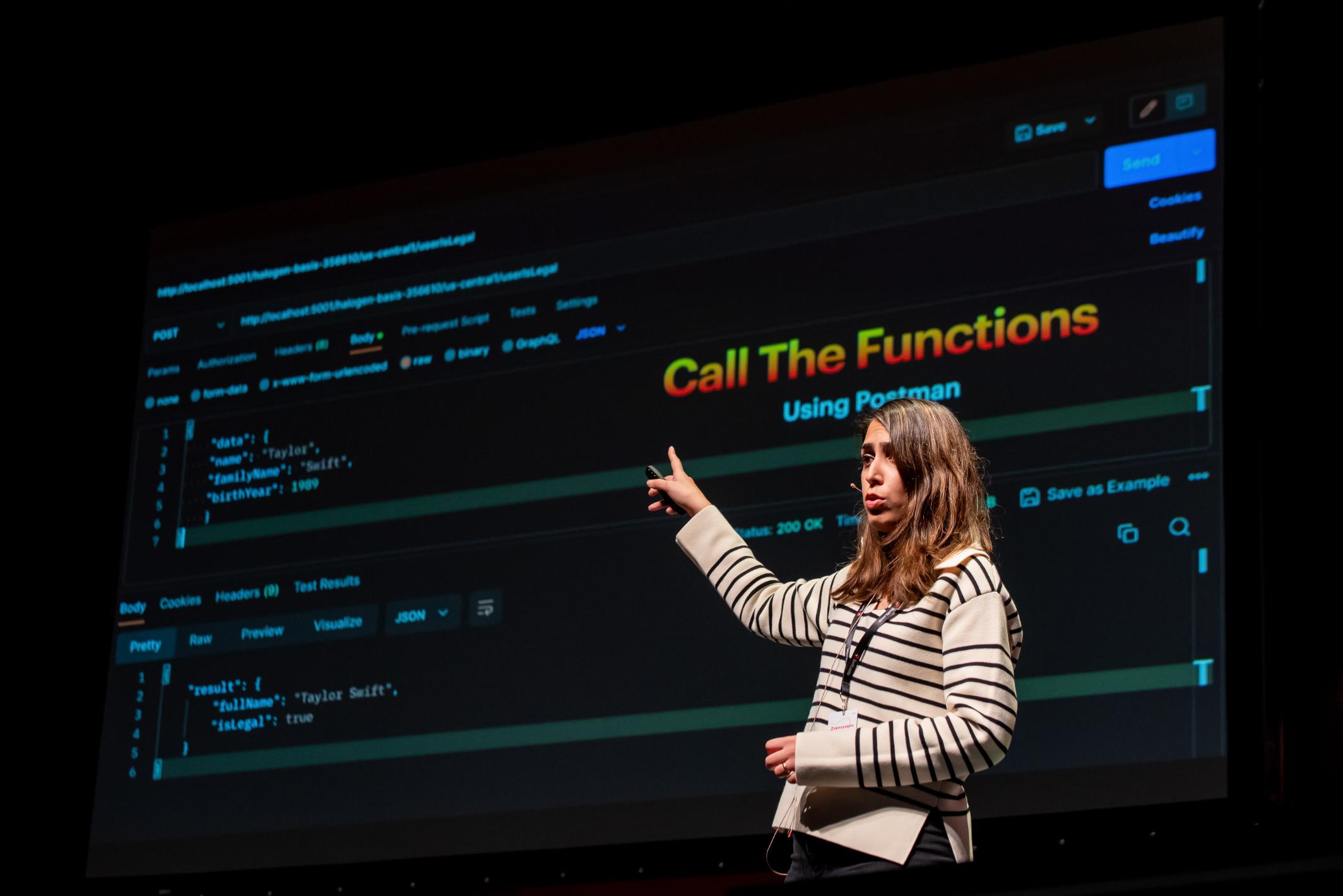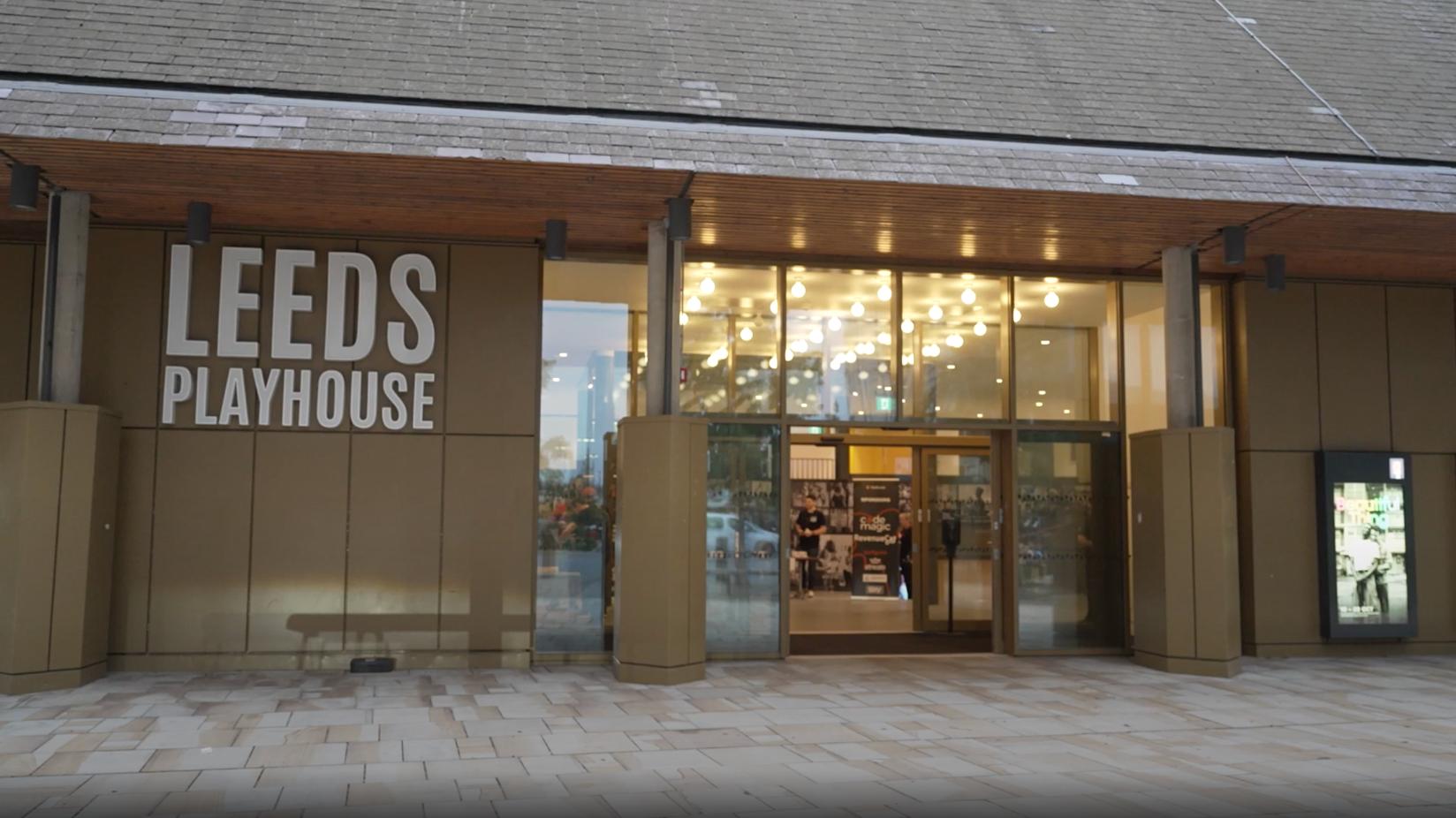




About
Founded by Adam Rush in 2019, SwiftLeeds has set out to bring a modern, inclusive conference to the north of the UK.
Ran by just a handful of community volunteers, SwiftLeeds is entirely non-profit with every penny going into delivering the best experience possible.
In-person conferences are the best way to meet like-minded people who enjoy building apps with Swift. You can also learn from the best people in the industry and chat about all things Swift.
SwiftLeeds
The Playhouse, Leeds

Our Sponsors
Want to support the event? Email us at [email protected] for our sponsorship pack.

Drop-In Sessions
Included for free with every ticket, drop-in sessions give you an exclusive 1 on 1 feedback session with one of our industry experts. Choose from one of this year's hosts covering a wide range of topics.
Mentoring & Coaching
App Accessibility Review
Learn to Sketch Note

SwiftLeeds Evening Talkshow
SwiftLeeds is super excited to host for another year an interactive evening talk show hosted by Hidde van der Ploeg, Monika Mateska, Sofia Larsson, Jasper Hauser and Klemens Strasser. This special event will be held at the Leeds Playhouse on October 6th, the evening before the main conference, at 6pm until 8:30pm.
We'll be discussing some hot topics within the Swift community, plus all the great announcements during WWDC25.
HOSTHidde van der Ploeg
Hidde is a designer who taught himself how to code and make apps. As an indie developer he is the creator of popular apps like Helm for App Store Connect, NowPlaying and Gola. He’s also a regular at the Apple Developers' Conferences around the world and recently joined RevenueCat as Senior UI Engineer.
Monika Mateska
Monika is an iOS engineer passionate about exploring Augmented Reality and visionOS development, based in Copenhagen, Denmark. She is the co-founder of CocoaHeadsMK - a community of iOS Developers in Macedonia, where she originally comes from. She currently works at Vivino, building the greatest experience for wine lovers.
Sofia Larsson
Sofia is a developer and designer with a degree in textile engineering and science. She runs the app agency Ambi Studio, creating user-friendly experiences at the intersection of design and technology. Her most known work is Ambre, a recipe organizer for all Apple platforms. Sofia also consults with companies to design and build their apps.
Jasper Hauser
A designer, founder, and creative force behind many well-known digital products across his 20-year career. A key figure in the Delicious Generation era with projects like Disco, AppZapper, and Camino. With three Apple Design Awards and a company acquired by Facebook, Jasper brings deep experience at the intersection of design and technology. He’s currently focused on Darkroom, the most recent Apple Design Award winner, photo editor used by many. Based in Amsterdam, he’s passionate about design craft, photography, and road cycling.
Klemens Strasser
Klemens is an indie developer based in Graz, Austria, who is passionate about making games and apps more accessible. Over the past decade, he has contributed to prominent apps such as Fantastical, Cardhop, and the Nuki SmartLock platform. He recently transitioned to full-time indie development to work on The Art of Fauna, a puzzle game celebrating the beauty of nature. His commitment to inclusive design earned him an Apple Design Award in 2015 as a student, as well as two Apple Design Award nominations in 2022 and 2023.
We are looking for speakers
Learn more- We can help with your hotel and travel costs
- We welcome and support first time speakers
- We accept speakers from anywhere in the world
- We provide free speaker training for everyone
- Talks can range from 15 to 45 minutes
- Topics from iOS, Swift, indie development and everything inbetween

Throwback to 2024
SwiftLeeds 24 was an incredible event with its highly anticipated Evening Talkshow! With 16 captivating talks, this event was one for the books. Watch this short video to relive the highlights and see how the excitement unfolded.
🇬🇧 🇩🇪 🇫🇷 🇮🇳 🇺🇸 🇮🇹 🇸🇳 🇰🇷 🇨🇳 🇿🇦 🇵🇰

By the Community
SwiftLeeds is ran entirely by the community, for the community, with a number of volunteers building out our various systems and ensuring you have the best time possible.
More About Us
Join us for SwiftLeeds 2025!
In full-time education? Choose our cheaper student pricing.
Buy our livestream pass to join us online and never miss a moment.
Coming with friends or colleagues? Get a discount when you book together.
SwiftLeeds 2025




.png)



















